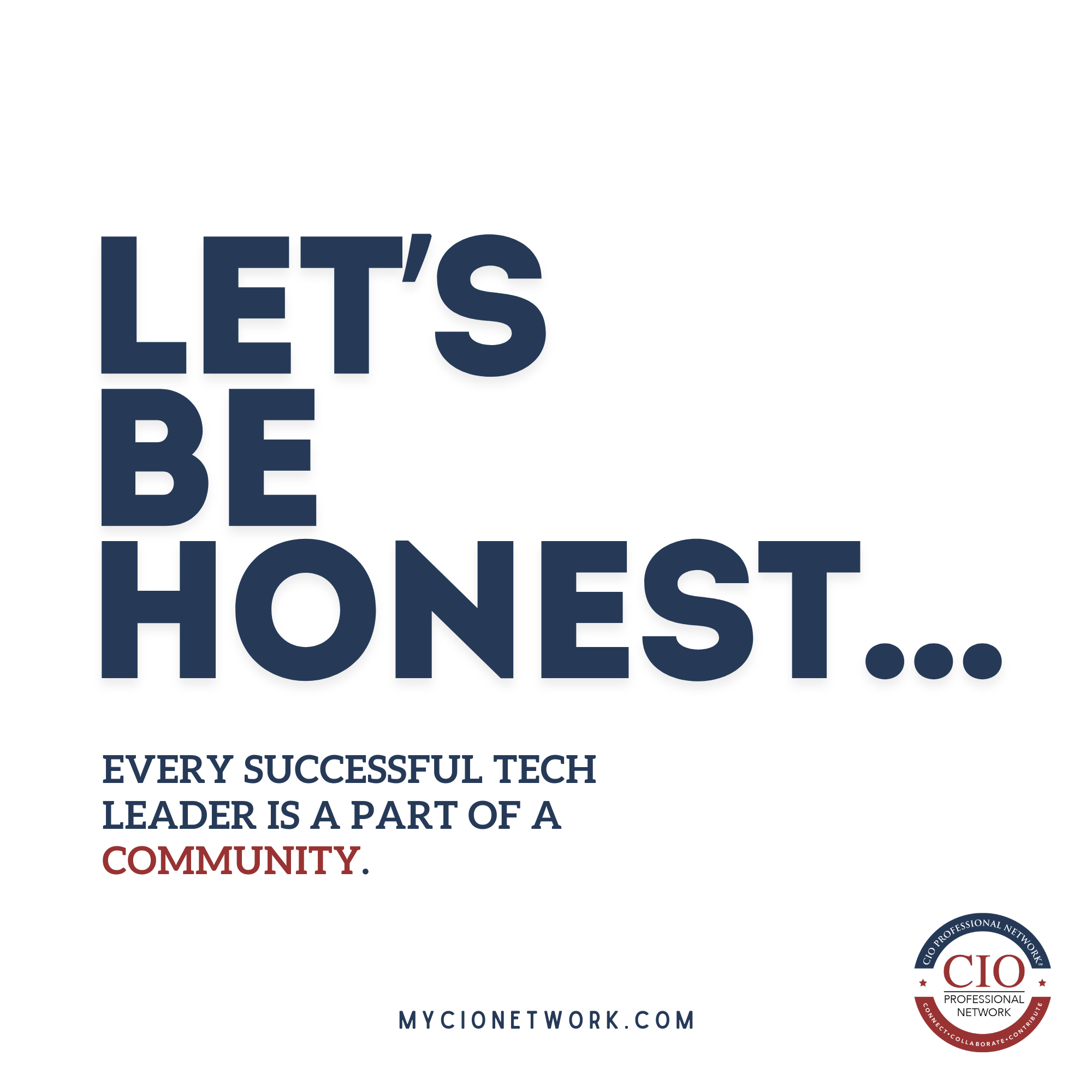As technology leaders, we’re no strangers to complexity. Whether it’s evaluating enterprise software in an AI-driven world or preparing for the rigors of SOX compliance, our role demands adaptability and foresight.
But for those of us steering vertically integrated organizations, spanning production, manufacturing, retail, and headquarters, the stakes are even higher.
Each facility type brings its own demands, from IoT sensors tracking soil moisture in grow houses to point-of-sale systems buzzing in retail stores. The challenge? Designing IT networks that don’t just survive this diversity but thrive in it, delivering resilience across every link in the chain.
In my experience, resilience isn’t about perfection, it’s about flexibility.
Take a cultivation site: power outages or spotty connectivity can disrupt real-time monitoring of crops, costing time and yield. Contrast that with a manufacturing floor, where a single network hiccup might halt an assembly line, or a retail outlet, where downtime means lost sales and frustrated customers. Then there’s headquarters and remote support, where data from every operation converges for analysis and decision-making.
A one-size-fits-all network won’t cut it.
Instead, we need systems that flex, recover, and protect, tailored to the unique rhythms of each facility.
Start with the Foundation: Redundancy and Recovery
Resilience begins with anticipating failure. In another piece on evaluating enterprise software in the age of AI, I emphasized the importance of scalability and reliability when choosing tools.
The same logic applies to networks.
For cultivation sites, where internet access might be unreliable, edge computing can keep critical systems humming locally, syncing data to warehouse and applicable systems when connectivity returns. In manufacturing, redundant network paths, think dual WAN links or failover circuits, ensure production stays online. Retail demands a lighter touch: cloud-based POS backups can bridge brief outages without breaking the customer experience.
Disaster recovery is the other half of the equation.
A ransomware attack hitting HQ shouldn’t cripple cultivation sensors or retail inventories. Segmented networks, with clear boundaries between facilities, limit the blast radius. Regular backups, tested, not just scheduled, are non-negotiable.
I’ve seen too many leaders assume their DR plan is solid, only to discover gaps when it’s too late.
Map your recovery time objectives (RTOs) to each facility’s tolerance: minutes for manufacturing, hours for cultivation analytics. It’s a balancing act, but one that pays off when the inevitable strikes.
It’s most important to just start.
Security as the Backbone
Cybersecurity isn’t optional, it’s the spine of a resilient network.
In my article on SOX compliance, I stressed the need for auditable controls and documentation. That same mindset scales here.
A vertically integrated business is a highly desired target: compromise one facility, and you’ve got a foothold to the rest. Zero-trust architecture, verify everything, assume nothing, works wonders across distributed sites.
For cultivation, encrypt data flowing from IoT devices to prevent tampering. In manufacturing, lock down PLCs and industrial systems with role-based access. Retail’s POS systems? Tokenize payment data and monitor for anomalies in real time.
While none of these are required, it’s important to understand your most vulnerable threat vectors.
HQ ties it together, but it’s also the biggest prize. Centralize identity management, single sign-on with multi-factor authentication keeps sprawl in check. And don’t sleep on physical security: a server room breach at HQ could undo every digital safeguard.
The goal is a network where threats can’t leapfrog from a retail Wi-Fi glitch to a cultivation database.
Tailoring to the Terrain
Flexibility means meeting each facility where it stands.
Cultivation sites might lean on satellite uplinks or 5G to overcome rural bandwidth woes, while manufacturing demands low-latency wired connections for automation. Retail thrives on hybrid setups, cloud for agility, on-prem for speed. HQ needs it all: high throughput, robust firewalls, and enough horsepower to crunch data from every corner.
This isn’t cheap, and budget battles are real.
Prioritize based on impact: a cultivation outage might dent quarterly yields, but a retail blackout during peak season could tank revenue overnight. Pilot solutions, like SD-WAN for dynamic traffic routing, where the ROI shines brightest, then scale.
And don’t forget your people.
Train teams at each site to spot phishing or reboot a router. Resilience isn’t just tech, it’s culture.
Looking Ahead
The beauty of a vertically integrated business is its end-to-end control. The risk is a single weak link can ripple across the chain.
Resilient networks turn that vulnerability into strength, keeping cultivation growing, manufacturing humming, retail ringing, and HQ strategizing, no matter what hits.
As CIOs, we’re not just building systems; we’re building trust.
Get this right, and your network doesn’t just weather the storm, it becomes the foundation for everything else.






